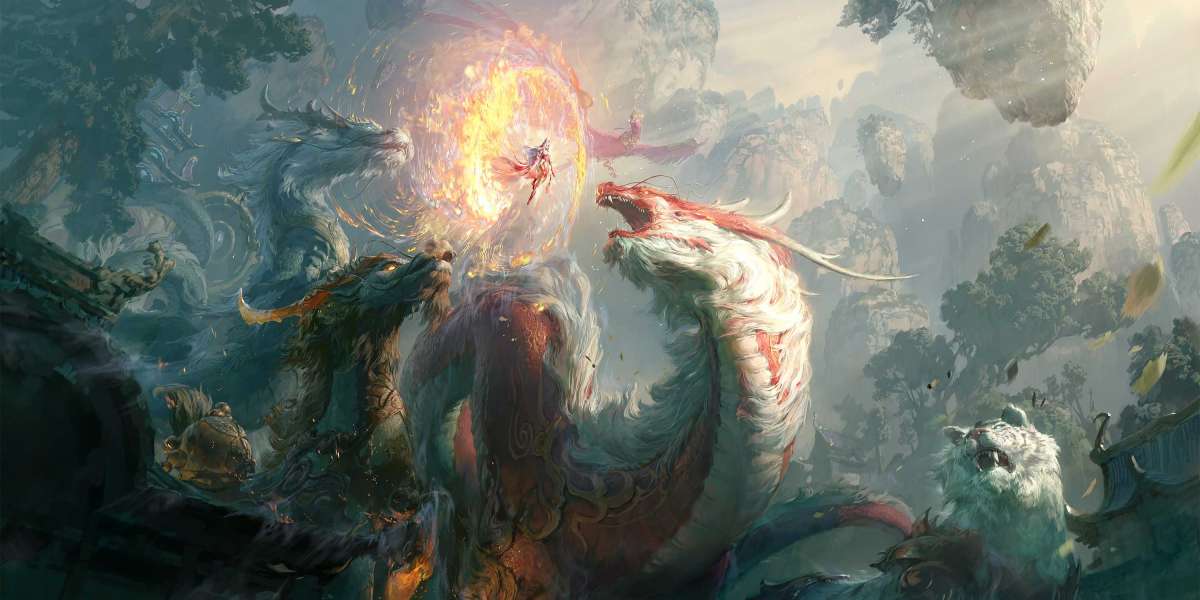Introduction:
In the spring of 1989, the world's attention turned to Beijing, China, as a wave of student-led protests spread like wildfire across the capital. Tiananmen Square, the symbolic heart of the nation, became a vivid stage for the pro-democracy movement demanding political reforms and an end to corruption within the ruling Communist Party. What started as a peaceful demonstration soon escalated into a tragic clash between the government and its own people, forever marking the year of 1989 in history.
Description:
Thousands of students and activists, fueled by idealism and a desire for change, had gathered at Tiananmen Square since mid-April. Their demands included freedom of speech, press, and assembly, as they called for an end to government censorship and a break from the authoritarian regime. The movement gained significant traction and captured international attention, as supporters from various backgrounds joined the ranks of the protesters, ranging from workers to intellectuals and artists.
As the scale of the demonstrations grew, Chinese authorities began to view them as a threat to their regime. On May 20th, martial law was declared, and troops were deployed to suppress the protests. The government's attempt to crack down on the demonstrators sparked a violent clash, resulting in injuries and loss of life. However, this only further fueled the determination of the protesters who were now calling for a complete overhaul of the country's leadership.
By the end of May, a standoff ensued between the Chinese government and the demonstrators still occupying Tiananmen Square. The situation reached a critical point on June 3rd and 4th when the People's Liberation Army (PLA) moved in with tanks and armed soldiers to forcibly disperse the remaining protesters. The PLA's use of force was met with resistance from both the demonstrators and citizens who sympathized with them.
The confrontation culminated in a tragic event known as the Tiananmen Square Massacre. The exact number of casualties remains uncertain, as the Chinese government tightly controlled information and actively suppressed public discussion on the topic. However, it is estimated that hundreds, possibly thousands, of people lost their lives during the violent crackdown.
The event shook the world and led to widespread condemnation of the Chinese government's actions. Images of a solitary protester facing a line of tanks became a powerful symbol of resistance against oppression. In the aftermath of the Tiananmen Square protests, the Chinese government strengthened its grip on power, tightened censorship, and silenced dissident voices, leaving a lasting impact on the nation's political landscape.
Conclusion:
The events that unfolded in Beijing's Tiananmen Square in 1989 were a poignant reminder of the struggle for democracy and the desire for political change. Although the protests were violently suppressed and largely silenced within China, the spirit of the movement continues to inspire others around the world to fight for their rights and freedoms. The events of that fateful year serve as a constant reminder of the power and fragility of dissent, and the importance of upholding human rights in the face of adversity.








